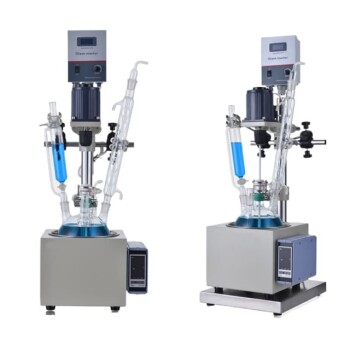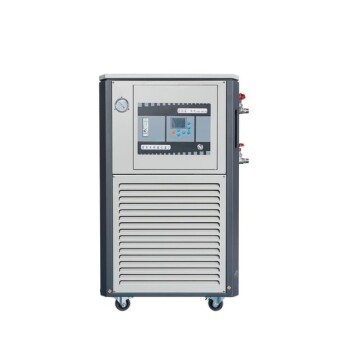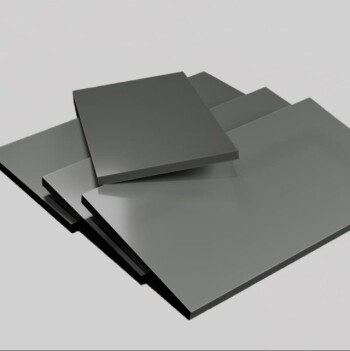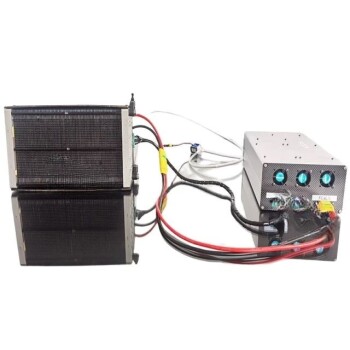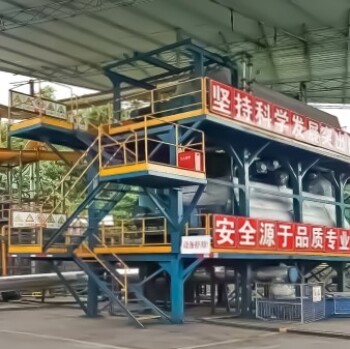Biomass fuel has both advantages and disadvantages compared to coal. Here is a detailed analysis:
5 Key Points to Consider

1. Reduced Carbon Emissions
Certain forms of biomass fuel, such as sawdust, bark, and dedicated energy crops, have the potential to reduce carbon emissions compared to coal. This is because the carbon dioxide released during biomass combustion or gasification is offset by the carbon dioxide absorbed by plants during their growth, ensuring a balanced carbon cycle.
2. Renewable Energy Source
Unlike coal, which is a finite resource, biomass is considered a renewable energy source. This is because biomass can be continuously replenished through the growth of plants and crops.
3. Ongoing Research and Development
Scientists and engineers are actively researching and developing new technologies and processes for biomass conversion. This ongoing research aims to enhance efficiency, reduce costs, improve environmental performance, and expand the range of biomass feedstocks that can be converted.
4. Economic Viability
Biomass plants that produce efficient fossil fuels require significant funds for construction and operation. This can make biomass less economically beneficial compared to well-established fossil fuel plants.
5. Space Requirements
Constructing biomass plants requires sufficient space for the growth of plants. Finding suitable areas in urban regions can be challenging, leading to higher costs and potentially lower productivity.
6. Lower Energy Density
Biomass has a lower energy density compared to its end product, fossil fuels. This is because biomass contains a significant amount of water, resulting in energy loss during its conversion into other forms.
7. Carbon Emissions and Pollutants
Converting biomass into energy through combustion releases carbon emissions, such as carbon dioxide, as well as other pollutants like carbon monoxide, nitrogen oxides, and particle pollutants. If not properly managed, these emissions can contribute to air pollution and smog.
8. Methane Emissions
Biomass energy conversion processes can result in the release of methane, which is a potent greenhouse gas and a major contributor to global warming.
In summary, while biomass fuel has the potential to reduce carbon emissions compared to coal and is considered a renewable energy source, it also has limitations such as economic viability, space requirements, lower energy density, and the potential for emissions of greenhouse gases and pollutants. Ongoing research and development aim to address these challenges and improve the efficiency and environmental performance of biomass conversion.
Continue exploring, consult our experts
Looking for a sustainable and efficient energy solution? Look no further than KINTEK! Our laboratory equipment is designed to optimize biomass energy production, ensuring carbon neutrality and reducing carbon emissions. With our innovative technologies, you can harness the power of biomass while minimizing environmental impact. Join the green energy revolution and choose KINTEK for all your laboratory equipment needs. Contact us today and let's build a greener future together!


